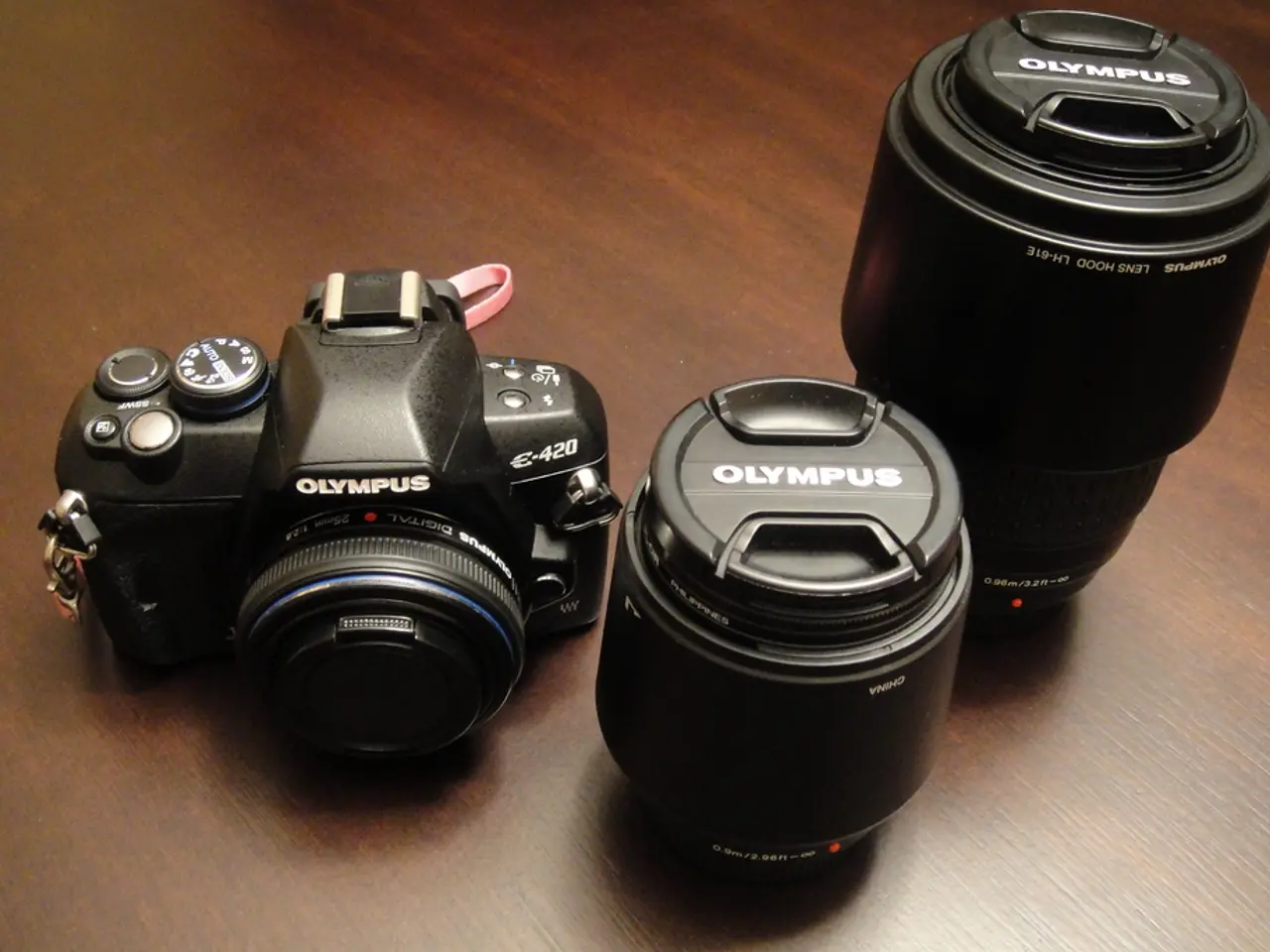Avoid letting your lenses gather dust while you're only savoring bread and butter. Here's some advice for your upcoming lens shopping spree!
In the world of photography, choosing the right lens can make all the difference. Phil Hay, an accomplished automotive and motorsport photographer, shares his top 10 tips for buying a workhorse lens that caters to various photography situations.
1. **Establish a Budget**: Before making a purchase, it's crucial to work out your budget and consider whether the investment is worthwhile. You want a lens that will see regular use, not one that collects dust.
2. **Prime or Zoom?**: Decide whether a prime or zoom lens is more suitable for your photography style. For beginners, a zoom lens might be more versatile, covering multiple focal lengths.
3. **Emotional Appeal**: Don't underestimate the emotional connection you have with a lens. Sometimes, the appeal of a particular lens can influence your decision.
4. **Read Reviews**: Research and read reviews from other photographers to get an understanding of a lens's performance and reliability.
5. **Future-Proofing**: Think about how a lens will perform in the future, especially with advancements in camera technology.
6. **Test and Hire**: If possible, test a lens before purchasing. This can help you determine if it meets your needs.
7. **New vs Pre-owned**: Weigh the pros and cons of buying a new lens versus a pre-owned one. Pre-owned lenses can be more cost-effective but may lack warranty support.
8. **Cost Usage Factor**: Consider the cost of the lens in relation to how often you plan to use it. High usage justifies a more expensive lens.
9. **Specific Needs for Your Genre**: Tailor your choice to the specific requirements of your photography genre. Different genres may require different focal lengths or features.
10. **Practicality**: Consider the practical aspects such as weight, size, and handling. A workhorse lens should be comfortable to use over extended periods.
By following these tips, you can ensure that your lens purchase aligns with your photography needs and style, making it a valuable addition to your kit rather than a dust collector.
In addition to these tips, it's worth considering guides and tutorials from experts like Kim Bunermann, a staff writer on Digital Camera World, who offers insights into photography and culture, discussing topics like women in photography and environmental conservation. Kim also reviews camera gear, providing overviews to help you find the best fit for your photography journey.
For those interested in telephoto photography, there's a guide available on finding the perfect telephoto lens. Information on the best focal lengths for different photographic genres can also be found online. For beginners, it's suggested to invest in a zoom lens that covers multiple purposes.
Remember, when buying a lens, consider rival lenses from third-party manufacturers with similar focal ranges at lower costs. And don't forget to analyse reviews, focusing on aspects such as build quality and overall sharpness rather than minor issues.
With these tips in mind, you're well on your way to making an informed decision when buying your next lens. Happy shooting!
- When deciding on a lens, always establish a budget to determine its worth and ensure frequent use.
- Consider whether a prime or zoom lens is more suited to your photography style, with zoom lenses being more versatile for beginners.
- Sometimes, the emotional connection you have with a lens can influence your decision.
- Research and read reviews from other photographers to understand a lens's performance and reliability.
- Think about how a lens will perform with future advancements in camera technology.
- If possible, test a lens before purchasing to determine if it meets your needs.
- Weigh the pros and cons of buying a new lens versus a pre-owned one, considering the trade-off between cost and warranty support.
- Consider the cost of the lens in relation to how often you plan to use it, as high usage justifies a more expensive lens.
- Tailor your lens choice to the specific requirements of your photography genre, such as different focal lengths or features.
- Consider the practical aspects like weight, size, and handling, as a workhorse lens should be comfortable to use over extended periods.
- Guides and tutorials from experts, like Kim Bunermann, can offer valuable insights into photography techniques and the latest gadgets in technology.
- Remember to analyze reviews, focusing on aspects like build quality and overall sharpness rather than minor issues when comparing rival lenses from third-party manufacturers.
- Invest in a zoom lens that caters to multiple purposes if you are a beginner, and seek information on the best focal lengths for different photographic genres online.
- Happy shooting!




